Low notes in the heart of the coastal city
A few kilometers away from the center of Quy Nhon beach town as the crow flies, Hai Minh fishing village (Quy Nhon Ward, Gia Lai , formerly Quy Nhon City, Binh Dinh) appears after about 10 minutes by boat from Ham Tu wharf. Amidst the gentle sound of waves, the fishing village is like a slow-motion film, bringing us back to a rustic, peaceful memory.
On the water in front of the village, old wooden boats bobbed with the waves. There was no noise from vehicles, only the sound of the boat engines, the sounds of children playing and greetings in the warm, friendly voices of the people of the Central region.
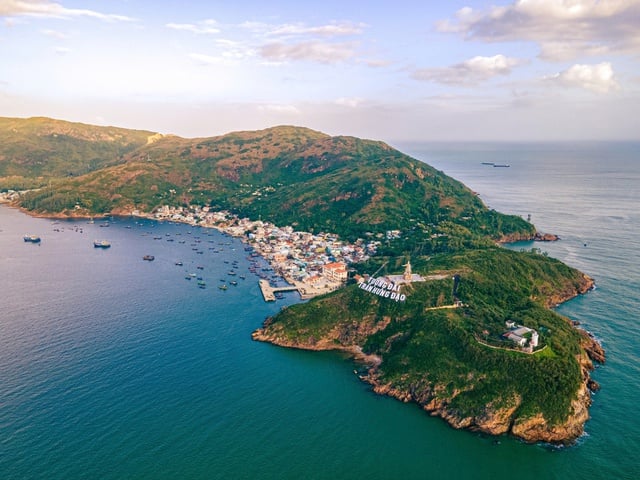
Hai Minh fishing village nestles at the foot of Tam Toa mountain, where Phuong Mai peninsula stretches out to the ocean.
PHOTO: DUNG NHAN
The fishing village hugs the coast, its back leaning against the sturdy Tam Toa mountain range. The roofs are close together, most of them facing the sea as if listening to the whispering waves. The village is a maze of narrow, winding streets. But even if you get lost, the villagers will still invite you to tea, show you the way, and tell you old stories about the hundred-year-old fishing village.
At noon, the scorching sun poured down on the village road. Mr. Do Van Sanh (80 years old) waved to invite guests to rest under the porch of his house, laughing, revealing his missing teeth. "No one knows when the fishing village was established, but I only know that when I was born, I saw my ancestors clinging to the sea here, and then passed it on to their descendants. Now my children and grandchildren are also born and grow up with the waves and winds of the sea," Mr. Sanh said, his eyes shining with pride.
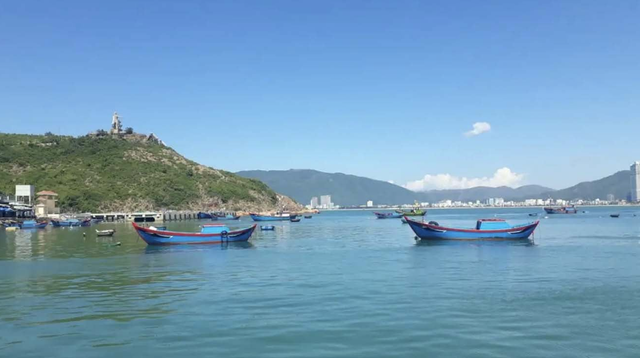
Hai Minh fishing village is like a slow motion film, taking us back to a peaceful memory.
PHOTO: HAI MINH
Mr. Sanh said that Phuong Mai peninsula is a series of rocky mountains about 15 km long, like a giant screen embracing the eastern side of Thi Nai lagoon and Quy Nhon coastal city. It is this terrain that makes this place a "natural anchorage" for ancient ships. From the first residents who settled on the sea, Hai Minh fishing village gradually took shape, now has more than 400 houses with about 1,800 people.
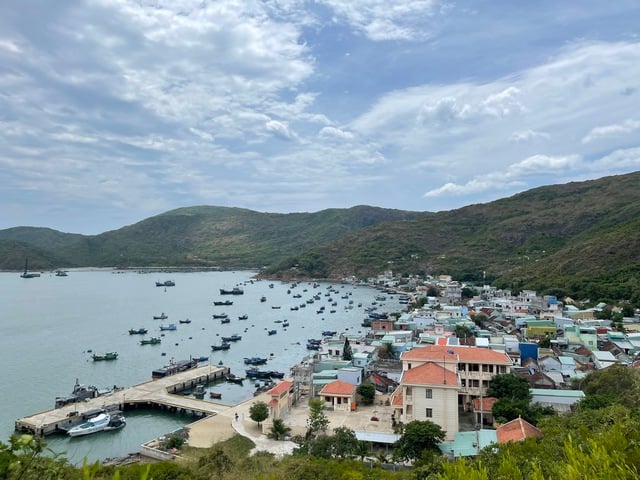
Hai Minh fishing village has about 1,800 people.
PHOTO: DUC NHAT
The village is divided into two clusters, Hai Minh Inner and Hai Minh Outer. Each cluster has a temple to worship the water god. Hai Minh Inner worships Nam Hai, Hai Minh Outer worships Thuy Long, who are spiritual symbols of coastal fishermen. The villagers believe that thanks to the sacredness of "them", they are always safe from fierce storms.
Touch history
Unlike other coastal villages that are only famous for their landscapes, Hai Minh is also a place that bears historical traces. There used to be ancient fortresses and ramparts guarding Thi Nai seaport, which was once considered a strategic defense line during the Tay Son and Nguyen dynasties.
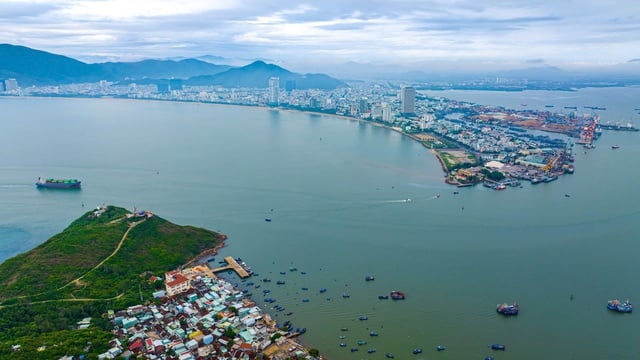
Hai Minh village is about 10 minutes by boat from the center of Quy Nhon beach town.
PHOTO: DUNG NHAN
Right at the foot of Tam Toa mountain, in the middle of Hai Minh fishing village, there are still traces of an ancient temple, which is said to worship Uy Minh Vuong Ly Nhat Quang (son of King Ly Thai To), who once helped the King of Champa quell the rebellion. According to records in Dai Nam Nhat Thong Chi , after completing his mission and returning to Dai Viet, the people of Champa were grateful for his merit so they built a temple to worship him at Tam Toa mountain.
In 1470, during the southern campaign against Champa, King Le Thanh Tong stationed troops at Thi Nai seaport. Here, every prayer was answered. After the capture of Do Ban citadel, the king conferred Uy Minh Vuong as the God of Tam Toa Mountain. However, the original temple has been lost, only the foundation and part of the architecture were restored by later generations.
On the mountainside there is also a statue of Tran Hung Dao, like an indomitable symbol guarding a coastal area.
Phuong Mai ancient stone rampart, a remaining military vestige, is also a curious destination. According to the records of the Department of Culture, Sports and Tourism of Gia Lai province, the rampart is located at two points: Vung Tau hill (Hai Minh inside) and Kinh De hill (Hai Minh outside). Here, the ancients built stone ramparts tens of meters long, arranged gun holes, creating a unique defense system.
Some opinions say that this construction may have existed before the Nguyen Dynasty. During the Tay Son Dynasty, Thi Nai was both a bustling commercial port and an important military port. With its strategic location at the mouth of the sea, a system of forts and strong fortresses was built here, with many cannons placed to prevent enemy troops from entering the Imperial Citadel from the sea.
History books also record that in 1840, King Minh Mang ordered the construction of Ho Co fortress at Thi Nai seaport. Opposite, on the other side of the lagoon, the royal court also established a small fort at Bai Nhan, near the current Quy Nhon port area, to control incoming and outgoing ships.
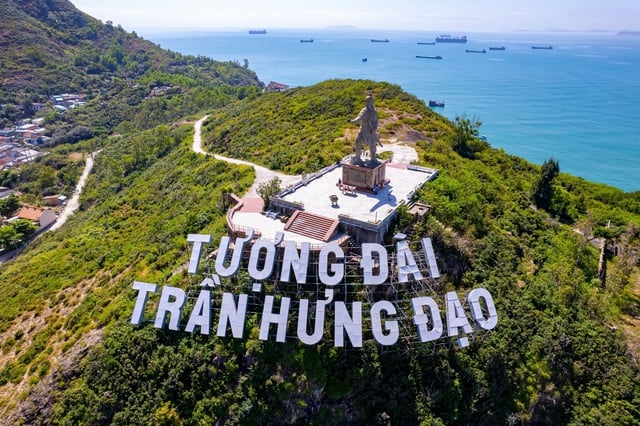
Tran Hung Dao Monument as an indomitable symbol guarding a coastal area
PHOTO: DUNG NHAN
Charming primitive features
Hai Minh fishing village still retains its pristine, rustic beauty. There are no high-rise motels or noisy shops. But that is its strange attraction. Visitors here can truly "live slowly". They can fish and swim at Rang beach, where there is fine white sand and clear blue sea; climb Tam Toa mountain, visit the windy Phuoc Mai lighthouse or sit and listen to stories about fishing, protecting the village, protecting the sea...
According to the People's Committee of Quy Nhon Ward, more than 95% of households in Hai Minh live on fishing, processing and aquaculture. The village is both a "place to make a living" and a "place to return" for many generations. And for tourists who love indigenous culture, this is a destination not to be missed.
Mr. Phan Tuan Hoang, Standing Vice Chairman of Quy Nhon Ward People's Committee, said that the locality has identified Hai Minh fishing village as a community tourism destination combining culture and history. "We are promoting tours to explore Thi Nai lagoon, combining with Hai Minh fishing village and will mobilize resources to build embankments to prevent landslides, creating a landscape highlight for tourists," said Mr. Hoang.
Source: https://thanhnien.vn/nhung-ngoi-lang-tuyet-dep-ven-bien-lang-le-hai-minh-185250819144822135.htm












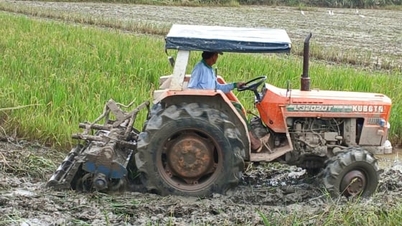

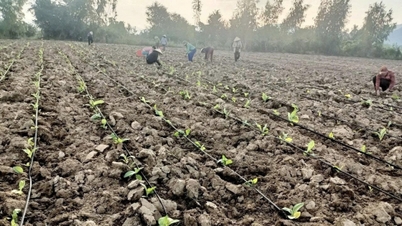























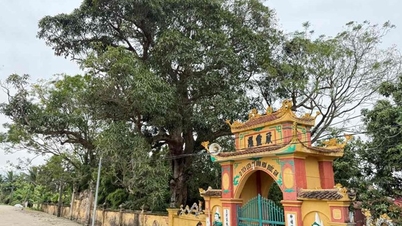

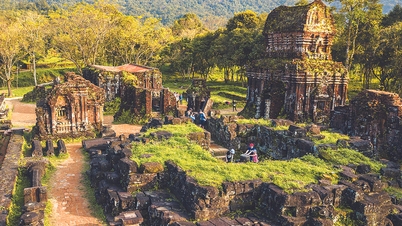

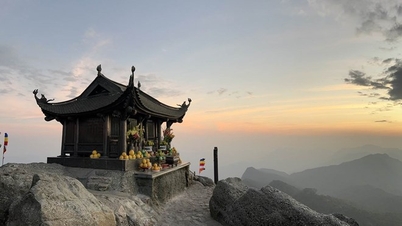
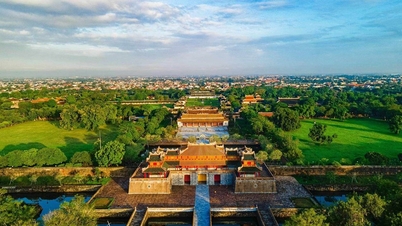











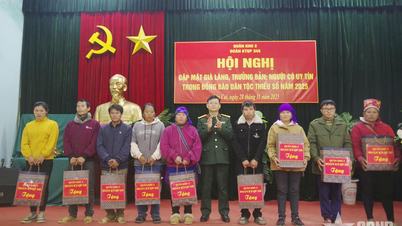







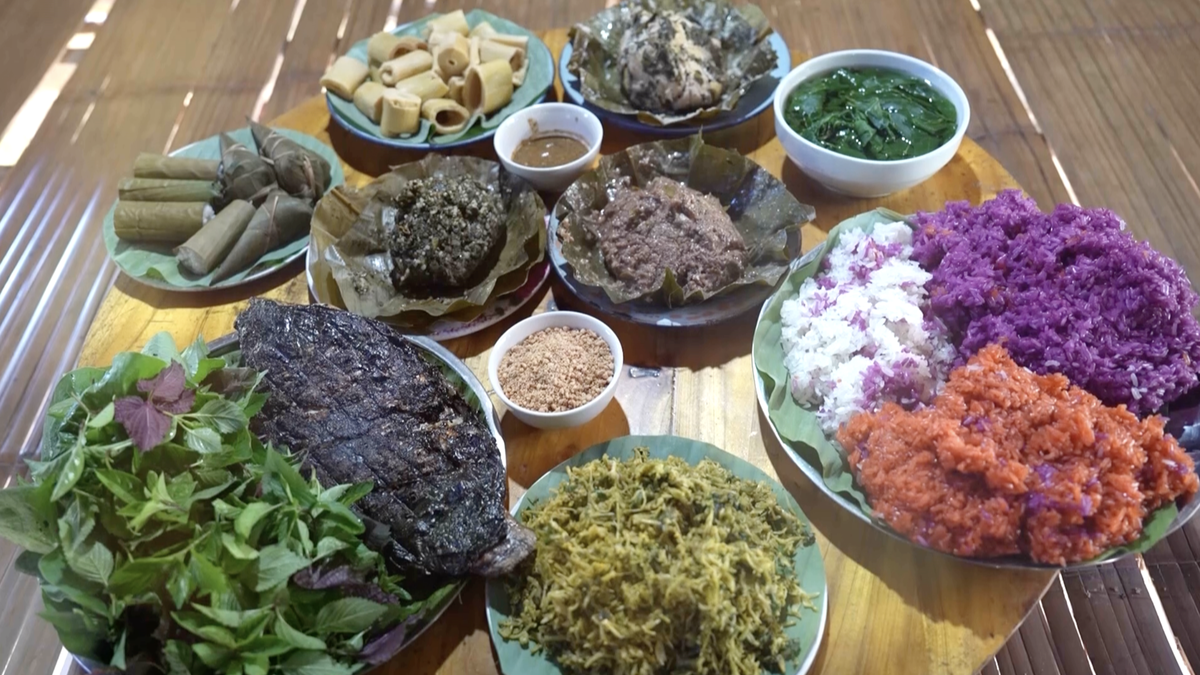
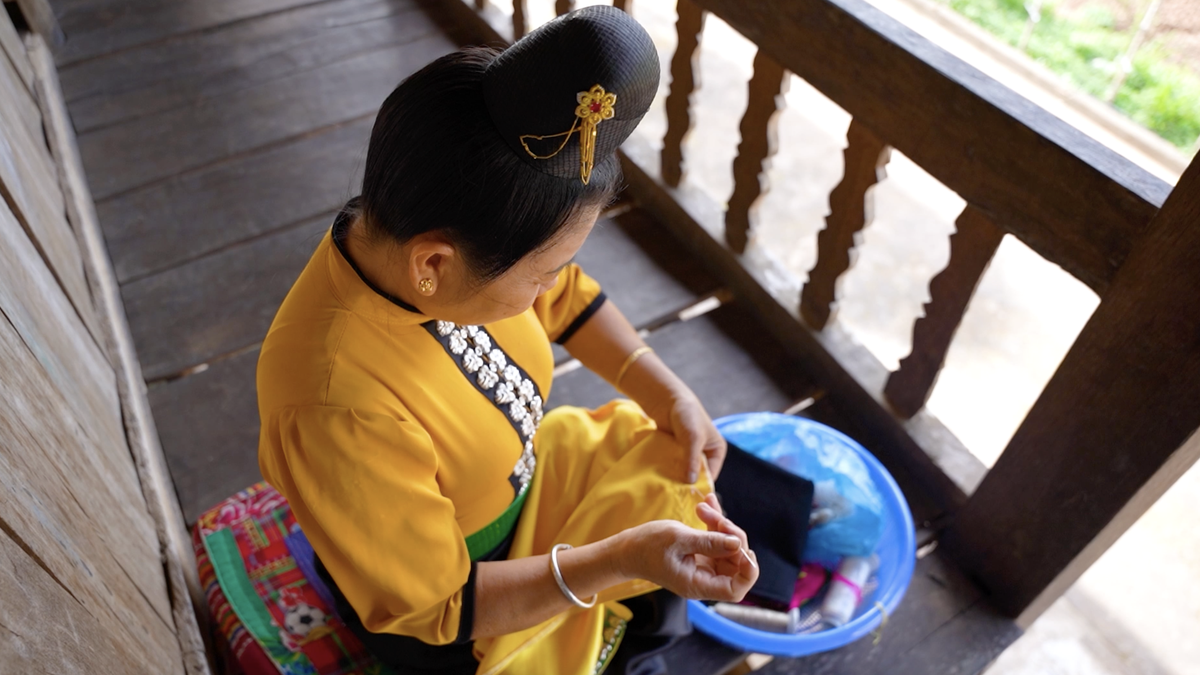

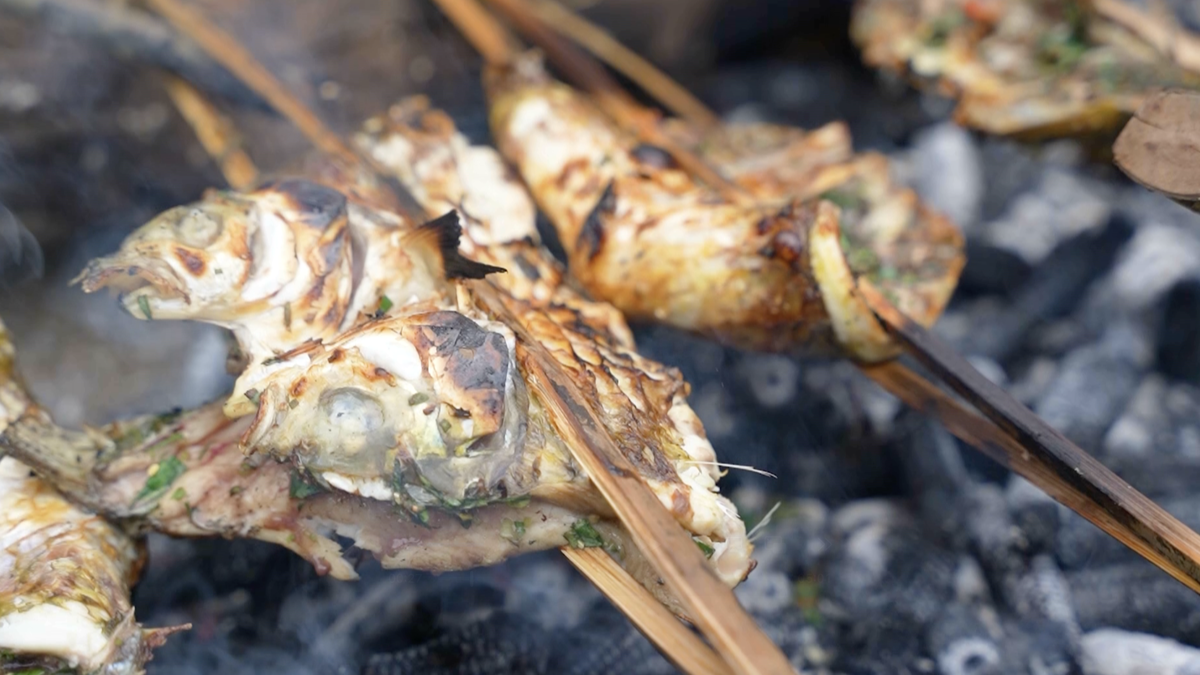
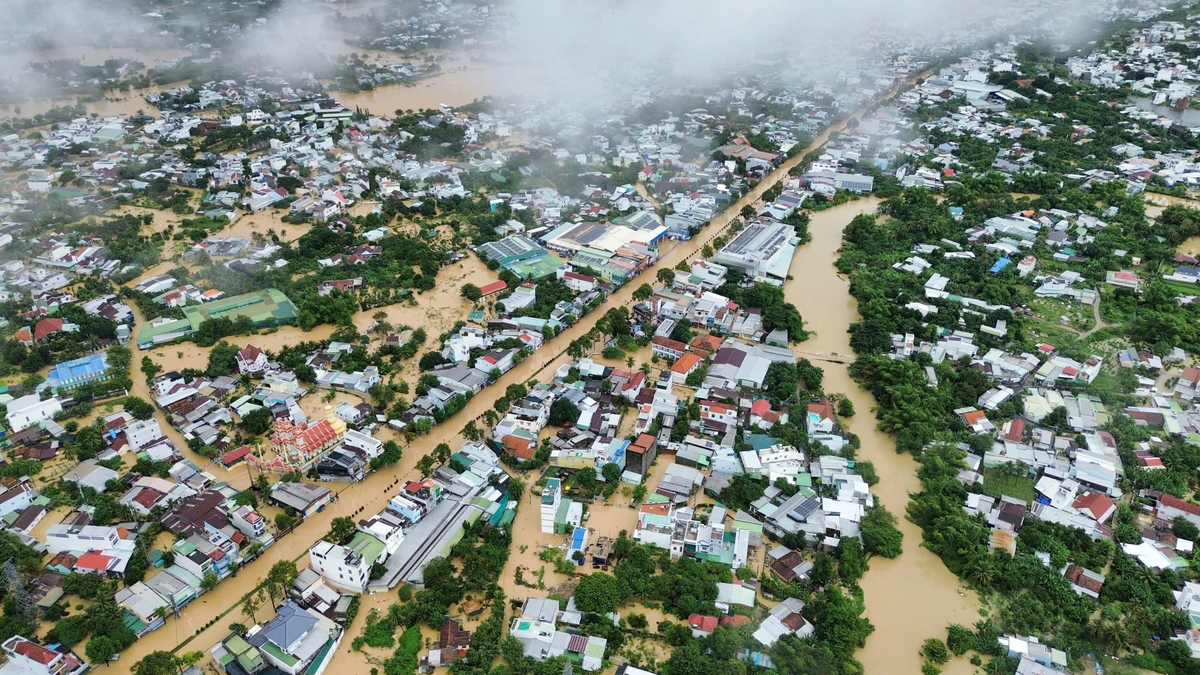
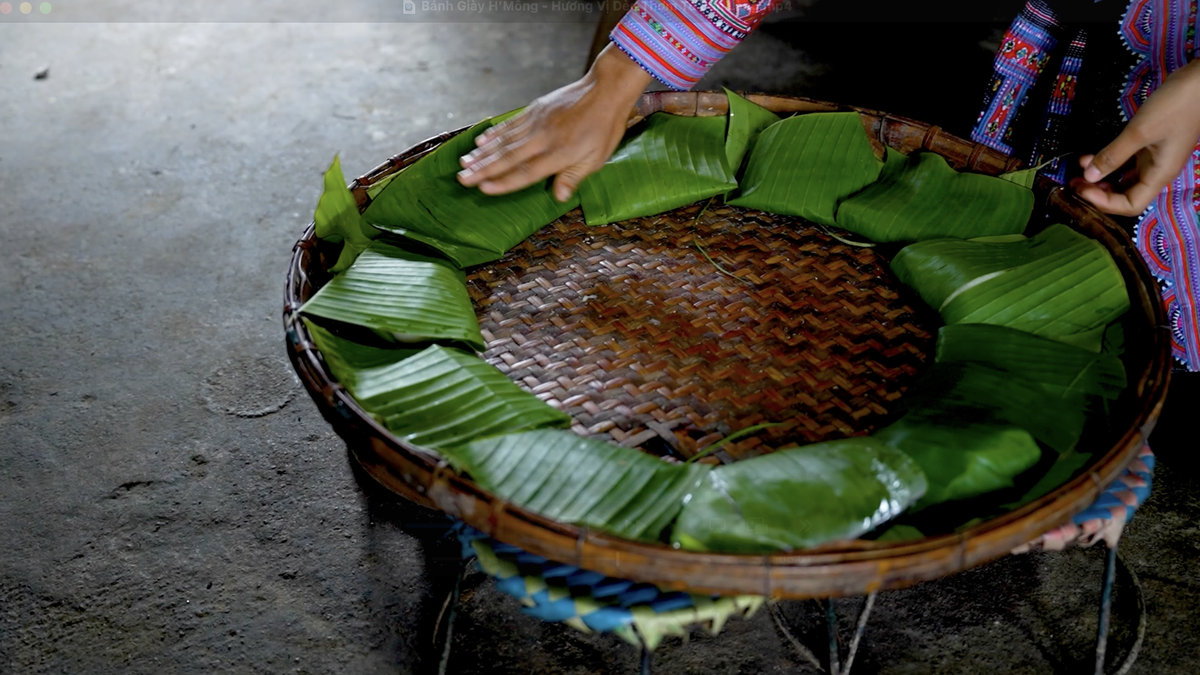
















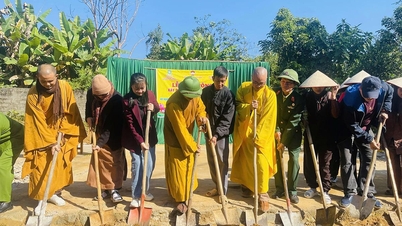

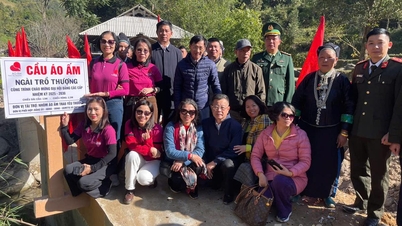
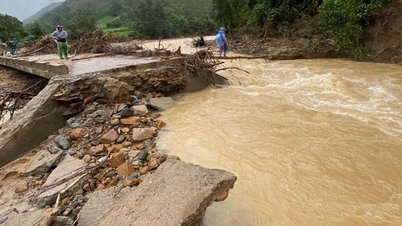

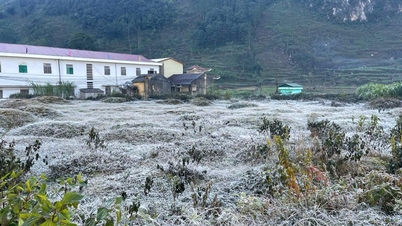















Comment (0)